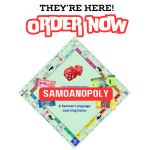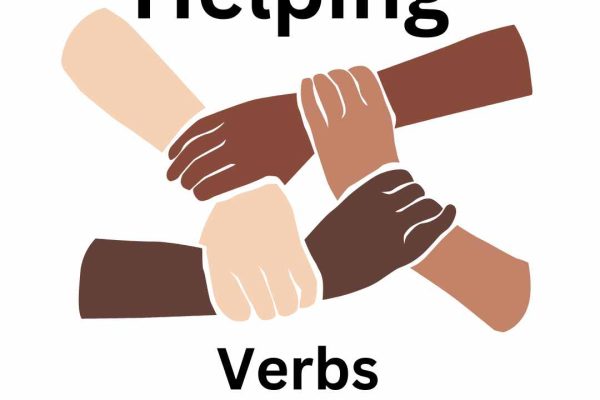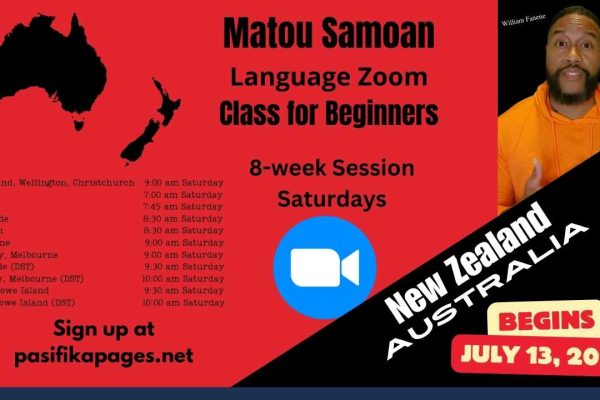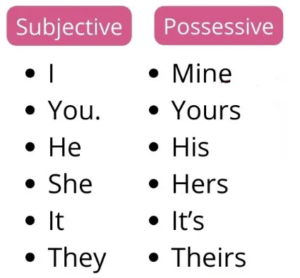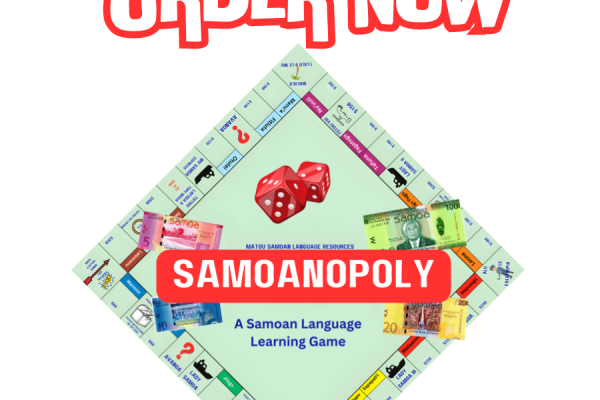
SĀMOANOPOLY
Samoanopoly, the exciting new spin-off of the classic Monopoly game! Available for order now. Same day shipping if you order before 1:00pm California, USA PDT. USA ORDERS ONLY CAN ORDER BELOW WITH THROUGH THIS LINK INTERNATIONAL ORDERS ONLY: OUTSIDE OF USA CAN ORDER THROUGH THIS LINK OR QR CODE BELOW

